|
If you learn and study the songs of the masters of Tin Pan Alley, you will develop an unusually strong understanding of songwriting harmony.
Chord progressions are the raw material we often start with as songwriters, creating grooves that seemingly vamp forever in our hands and brains. Time for a little story. From the time I was a little kid, I loved songs from every genre – show tunes, pop, jazz, classical, rock. I just loved songs, picking out melodies on my grandmother’s piano. I sang all the time – that is, when I was alone. When I started playing trumpet in fourth grade, I learned fifty percent of my favorite melodies by ear and the other fifty percent by buying song folio books at the local music stores. Again, I played these songs all the time – when I was alone. I saw things at jazz workshops in junior high called “fake Books”. They were illegally produced lead sheet compilations of hundreds of standards. No one seemed to know where to buy them. The buzz was that if you were caught with one, you might be sent to jail! That only made me want to buy two of them, learn all of those songs, and be a REAL outlaw musician! While I knew a little music theory going into high school, I didn’t understand it’s applications to composition, orchestration, or song writing. Downbeat, the most popular jazz magazine, published several Buddy Rich arrangements from his album “Big Swing Face” in their end-of-year special issue when I was in high school. I took it upon myself to write out the sixteen-to-eighteen parts for the individual instruments for our jazz band, which required me to transpose from the C score into the key of the instruments in the brass and reed sections. Lots of transposition, paper, and pencils! And I started to see patterns in the music, patterns that would belie other larger architectural structures. I was also playing double bass in a weekly folk mass with two talented guitarists who were very knowledgeable with chords and chords substitutions. They couldn’t read music but buy, could they play it. They often used capos – more transposing for me! It didn’t bother them to play a song in D major at capo three but that put the song in F# major for me, not the easiest of keys for a young double bassist. Again, I started to recognize the patterns in song structure, harmonic rhythm, and melody in all the keys. In high school, we had a “dance band” because jazz was still a bit taboo in some areas - but it really was a jazz band. At our first rehearsal, I was given a box with over five-hundred arrangements in it – songs from the twenties to the present. We rehearsed every week and always had to sightread and learn new tunes. While I knew many of the melodies, the harmonies and counterpoint were exelierating and I would often check out my friend’s parts in the sax or trombone section to see how they were designed. All of this informed my songwriting that I started after I graduated from college and started working in an elementary general music gig. After taking the gig, I realized I had no knowledge of elementary lit or choral rep – so I started writing my own. By that point, I had so much raw material in the form of song structure, harmony, form, and melodic couture that my first songs were . . . only so so. I threw away at least twenty songs before I ever shared one with my students. I had purchased a guitar after graduating. Guitars in universities were like jazz bands in high school – not the establishment’s cup of tea. A co-teacher had a copy of the Beatle’s “Complete”, the first all-inclusive book with every Beatles song in it. We would run through songs, sing in harmony , pretend we were like John and Paul, and had a blast. But I had a gradual revelation. Almost all the chord progressions that the Beatles used could be found in the songs of Irving Berlin, Harold Arlen, and George Gershwin of Tin Pan Alley fame. The chords remained the same – it was primarily the groves and lyric vernacular that changed. It hasn’t been widely discussed but all of the Beatles grew up in homes where songs of the Great American Song Book were listened to and sung around a piano. Those songs had a profound influence on their development as songwriters. Flash forward: I’m still learning songs. At this point, I have over 1,500 lyric PDFs in my music app. I have most of the music memorized and can play most of the songs in several keys. For example, I gigged for three hours straight Friday night in a casino restaurant – vocals and piano. The first two requests I got were for Patti Page’s “The Tennessee Waltz” and Johnny Mathis’ “Chances Are”. While I probably played done “Tennessee Waltz” decades ago on a big band gig, I had never done it solo before – but I knew the melody and the chord progression. I dialed up the lyrics on AZ Lyrics and nailed the tune. I had the lyric for “Chances Are” (I actually had a request for it about five years ago) so that was no problem either. The point is this: Songwriting was not a “buy and guitar and write a song in the first hour” situation for me. There was no short path to create my flow in songwriting for me – and there might not be one for you, either. Mastering songwriting was the culmination of a ton of work, practice, experimentation, failure, over many years. The more raw material about songs that you have in your brain, the easier it will be to create flow and have your songs come to fruition. The Great American Song Book is a great place to start. There is a reason why those standards have remained standards and in the lexicon of popular music. The Beatles catalogue is another good place to build your knowledge of songs. For about every fifteen to twenty songs I know, I written one. So learn lots of songs. I mean like right now. Get off the internet and learn some songs! The next exercise I proposed was to write out your favorite song.
First off, let's put the pens away for now and work exclusively in pencil. As far as manuscript paper goes, there are lots of PDFs out there of manuscript paper so search for one that you like the looks of and then print a few out. Pick one that has about eight to ten staves per page. This is going to factor as sketch paper for you so don't worry about the print quality of the staves. You can print it all out on draft quality and save a little printer toner. If your goal was to write a three stave vocal/piano version, good for you. Maybe that is what you're used to seeing and reading from when you perform. The issue becomes that a lot of the effort and notes that you're writing out have more to do with the musical arrangement rather than the actual song itself. What is a song? For the sake of our discussion, the technical components will be the melody, the lyrics, and the harmony. We need a musical shorthand to get these ideas quickly on paper. And the easiest and fastest way to get those ideas down on paper is to write a song out in the form of a lead sheet. Simple meat and potatoes. A melody line with lyrics under the notes and chords name over the notes. There's no sense trying to write a full score out of a song as it's being created. A simple sketch will do. A lead sheet is the basic skeletal structure for a vocal/piano version of a song so let's focus on the bones for right now. So back to the original query with an embellishment. Can you write out a lead sheet of one of your favorite songs? All music educators are subjected to ear training and note reading classes so that when they graduate they have abilities in those areas. Some of us are better than others in visualizing music and getting it on paper. In short, it is a skill and all skills can be developed through sustained practice, effort, goal setting, and desire. If you're having a hard time writing out one of your favorite songs as a lead sheet, try this. Find a lead sheet to a song that you like and simply copy it out on a blank sheet of manuscript paper. My advice would be to write the first melodic phrase, followed by the lyrics for that phrase, and conclude with a chord progression to the phrase. Then move on to the second phrase and use the same system of copying. In other words, don't write the entire melody out and then write all the chords and then copy all the lyrics. Think in phrases. Have you ever done that before? If not, as a songwriter you will be doing a lot of it with your own material so it's a good idea to get in the habit of developing this skill. After you finish the lead sheet, I would consider copying it again perhaps four times with the goal of increased speed and becoming more relaxed in getting the pencil on the paper and moving it from staff to staff. Think of the word “flow”. You want your work to flow, even if it's not original material quite yet. The simple act of writing music will make the hurdle of writing your own music much easier when it comes time. Now let's suppose, you initially picked a rather challenging favorite song, like “Deacon Blues” by Steely Dan. If you are struggling mightily with getting the melody and chord progression down without any instrumental tools to assist you, move to an easier song, something like Bob Dylan's “Blowin’ in the Wind”. It's more important at this early stage of songwriting to have a stream of successful attempts at writing things down and create flow then to have a string of failures. It doesn't really matter how simple the song is as long as you get it on paper and feel good about your efforts. You can always work on your skills so you can do harder songs, but if right now you are at the “blowin’ in the wind” level, accept where you are and work on your skills so that you can eventually do a more tricky piece like Deacon Blues. You want to become more facile, familiar, and relaxed with the idea of putting pencil to paper and writing out lead sheets. At the beginning, copy as many lead sheets as you can. Back to our example of “Deacon Blues”. If you really like “Deacon Blues” but can’t visualize it in your mind to get it down on paper but don’t want to give up, find a lead sheet for it and copy it out. Don't try to understand the intricacies of it, just copy it out. Hold the pencil, move the hand, fill the page, sharpen the pencils, rinse, repeat. You want to feel like sitting down with manuscript paper and pencil and writing music is as natural an act for you as making a cup of coffee or reading the newspaper. Repetition and increased speed are what you are looking for at this stage of the game. While you might not feel that you're writing any songs yet, you are really getting yourself ready so that when you do write, you'll have some physical momentum in your mind and in your hand. Mental dictation and especially the physical act of writing out music will help you in creating your own songs . Let's take a look at my first request to pick out a favorite song.
Understanding why any piece of art resonates with us is a lifelong journey that bears repeated introspection. I never set out to compose a song that was considered a “favorite” but in the eyes of some, I wrote a few of those. Don’t diminish the possibility that you might eventually write someone else’s favorite song. – and you better start thinking about what makes a song a “favorite”. What makes a song a favorite song? The words? The melody? The harmony? Some combination of all those three? The emotional content that makes it stand out from other songs you know? Whatever it is, it's important to know what we like and what resonates with us. Understanding that simple concept will give an idea of how we want our songs to come across. It's vital to remember that for musicians, the technical aspects of melody, lyrics, and chords might hold the key to a song's specialness. To the general public, it always boils down to an emotional response to the sum of a song’s parts. There are many musicians who say that when they hear a song, the words mean very little to them. A note of caution here: to the average listener, lyrics mean a hell of a lot and if you want your songs to resonate with them, you better come to grips that most people I have a real love relationship with the words to their favorite songs. Let's take a moment to look at the reflective and expressive elements of a favorite song. Do you like the song because the way it sounds when you listen to it or how it feels when you perform it? Any level of performance is going to engage your ego so you've got to be mindful about that. Just because you feel really great about yourself when you perform a song it's not enough to make it a great song but it does make for a powerful vehicle to enhance your self-image, which is not an entirely bad thing. Onward to nuts and bolts. If knowing all the intricacies about the harmonies and melodies of a song pushes it into a favorite category for you, good for you. Sadly, though, that complexity means nothing to the average listener. Lyrics are another matter. Case in point: Dylan's “Tangled Up In Blue” which contains fairly pedestrian harmonies but absurdly complex lyrical ideas. All this talk about favorites is to eliminate the idea that our own work will often be derivative of our favorites. If you like songs with complex lyrics, you'll be drawn to creating that type of work. If your standard I-IV-V harmonic progression is all you need in a favorite song, that might just work for you too. The question next is have you perform this song before? Do you sing it? Do you play it? Do you do both? When you perform it, if you are primarily a singer, do you care about the harmonies or are you totally focused on the melody? If melody is your thing, that will probably be a component that you'll want to focus on at the beginning of your song writing journey. It's a good idea to remember to focus on our strengths and build on them while we are constantly trying to improve our weaknesses. Final words: Never lose sight that the emotional power of a song didn’t just happen; it was created by the songwriter – and that’s you. The word “songwriting” includes the word “writing”.
Let’s take a look at that skill, that is, of writing. Think of one of your favorite songs that you didn’t compose. Pick one that you feel you have the most theoretical knowledge of. If you were required to be in a room with no piano, guitar or internet/computer/printer access and told to “write down” that song, could you do it? If you are a little iffy on your abilities to document this favorite song, pick a different song, maybe a folk song from your childhood. Make it easy and try again. Can you accurately write it down? What would your final product look like? Would you use manuscript paper? Pencil? Pen? How neat will it look? If you use manuscript paper, would your product resemble a three stave vocal/piano rendition, similar to sheet music? Would it look like a lead sheet with a melody line, lyrics under the notes, and chord names above the notes? Would you have a hard time documenting the song without a piano, guitar, or electric technology as a reference tool to find melody notes and chords? OK. Enough with hypotheticals. Try doing this for real. How did you do? We’ll explore your answers and what they reveal in the next post: Songwriter’s Notebook – First Answers. These posts will delve into ideas that I have been kicking around for several decades about songwriting.
I’ve written several hundred songs and feel that it is one of my strengths. Just like playing guitar, performing piano in public, and singing while accompanying myself, I have had no formal or informal instruction in songwriting. I guess that makes me extremely qualified or extremely unqualified to write on this topic. That’s up to you. What I am able to do in these areas is the result of my combined educational experiences as well as striving to constantly pay attention to staying in the musical moment and documenting those moments in music and words. There is no one way to write a song. That said, there are some universal questions we can ask ourselves to inform the decisions we will make in the process of creating a song. Along with those queries, there are simple exercises and etudes that can get the ball rolling. Let’s get started! |
AuthorBoyd Holmes, the Writer Archives
June 2025
Categories |
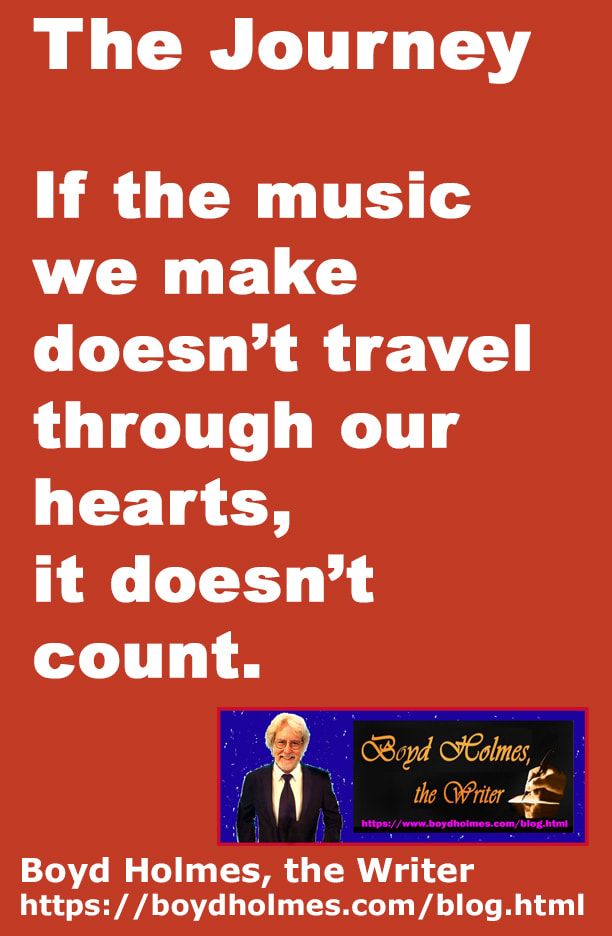
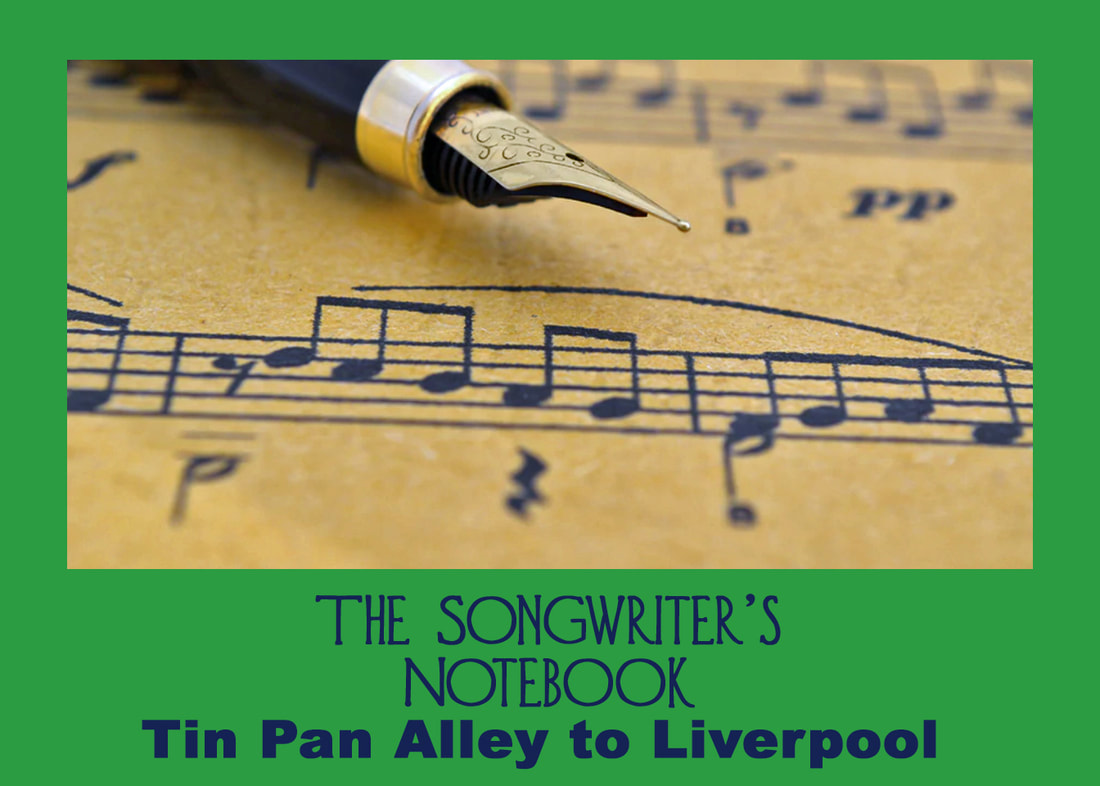
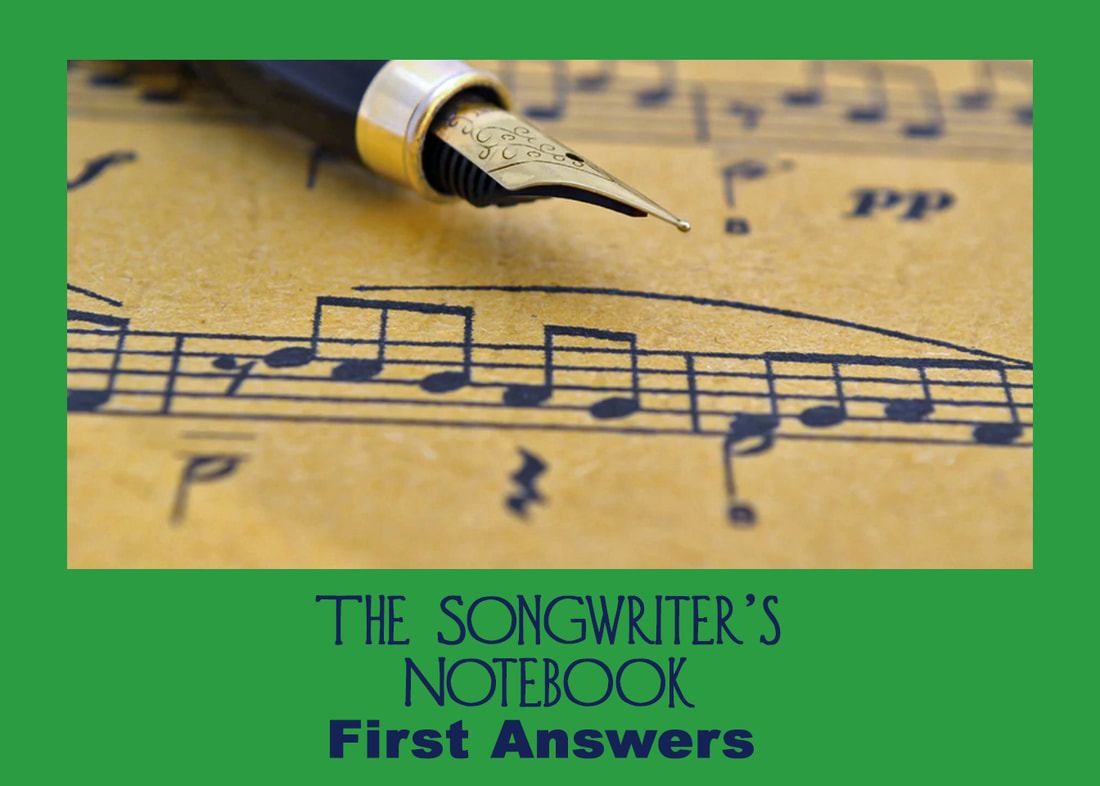
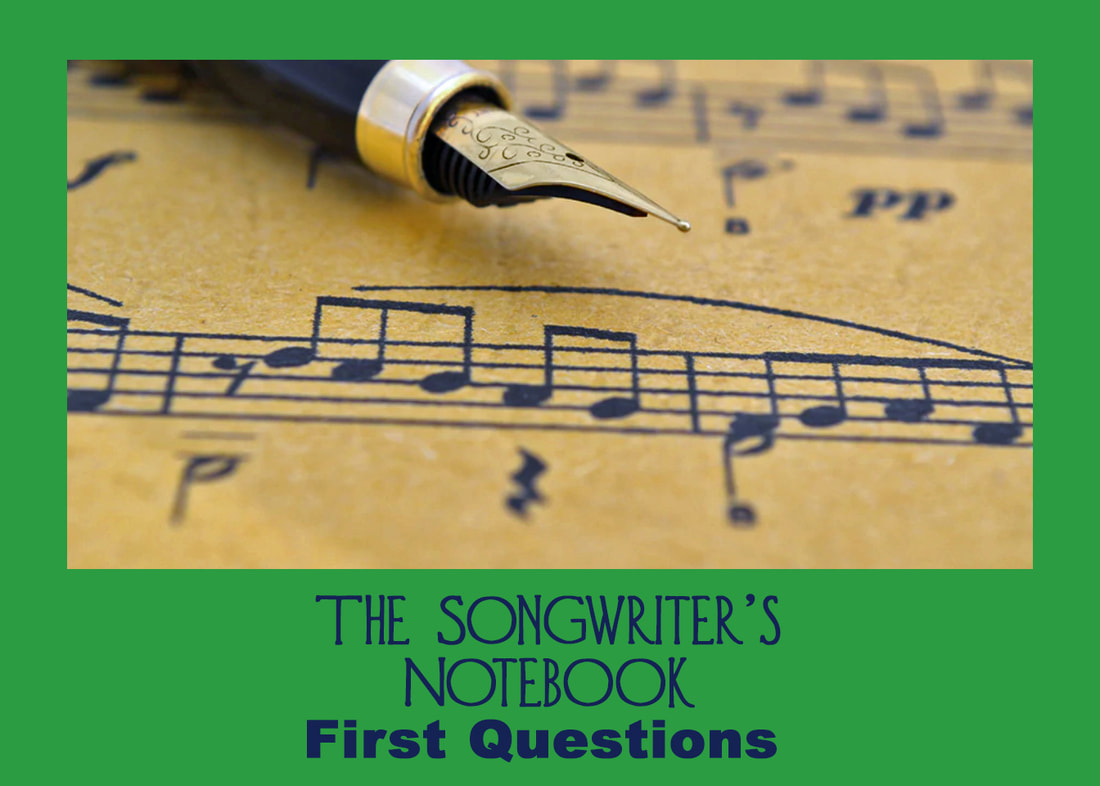
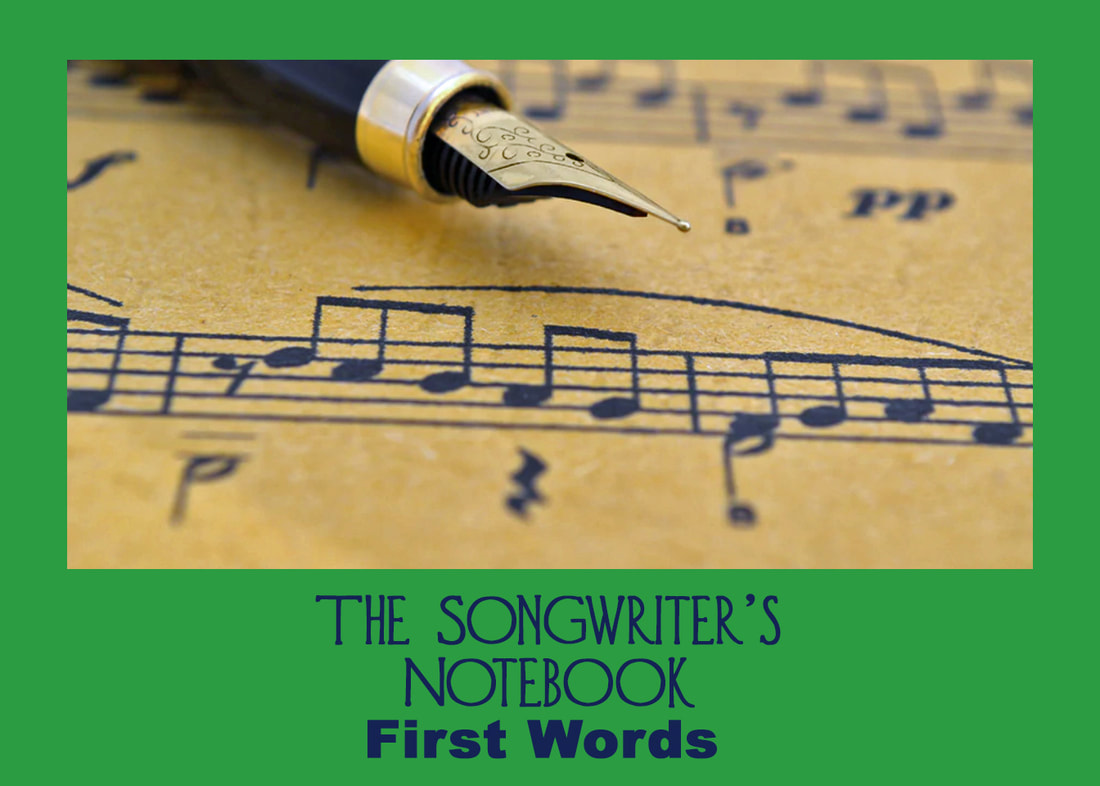
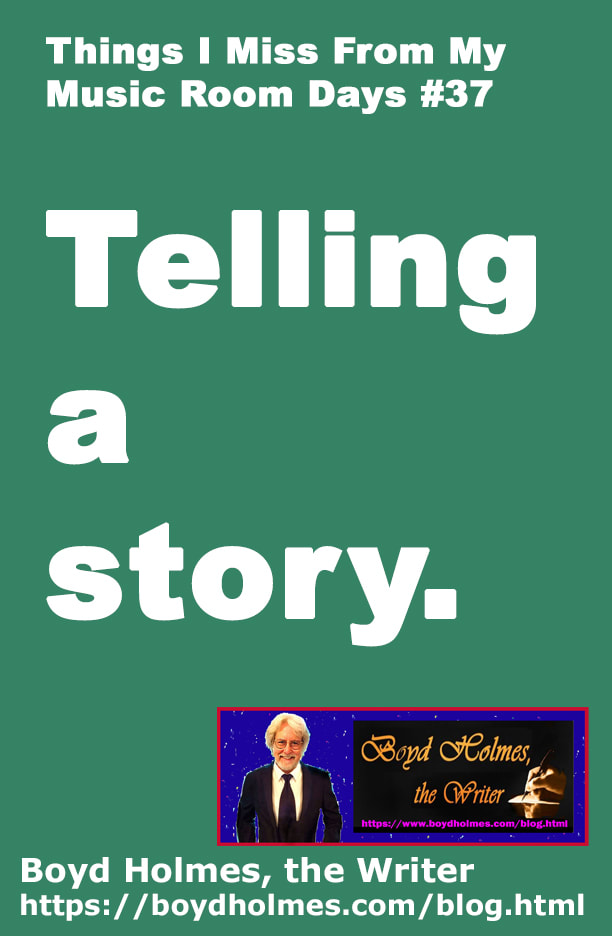
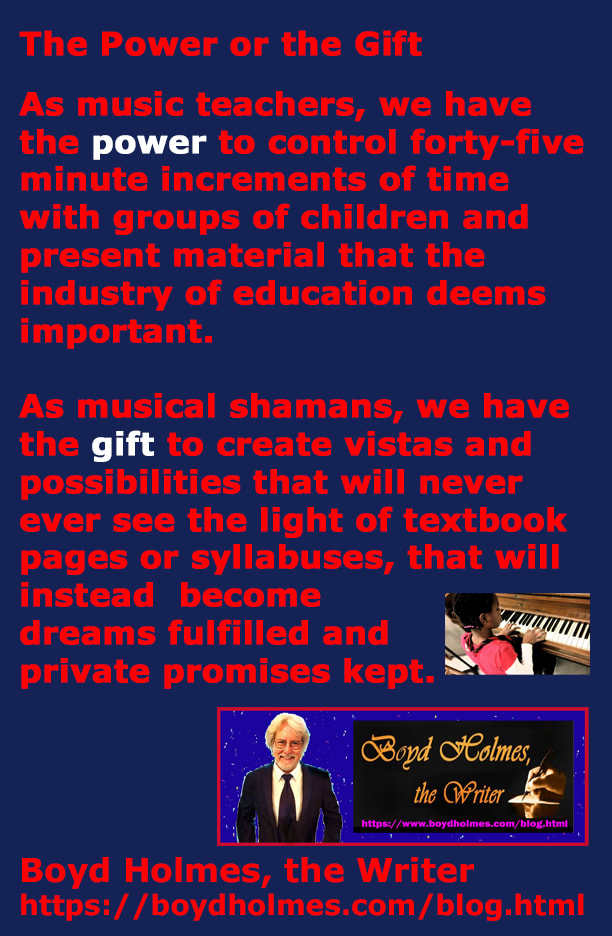
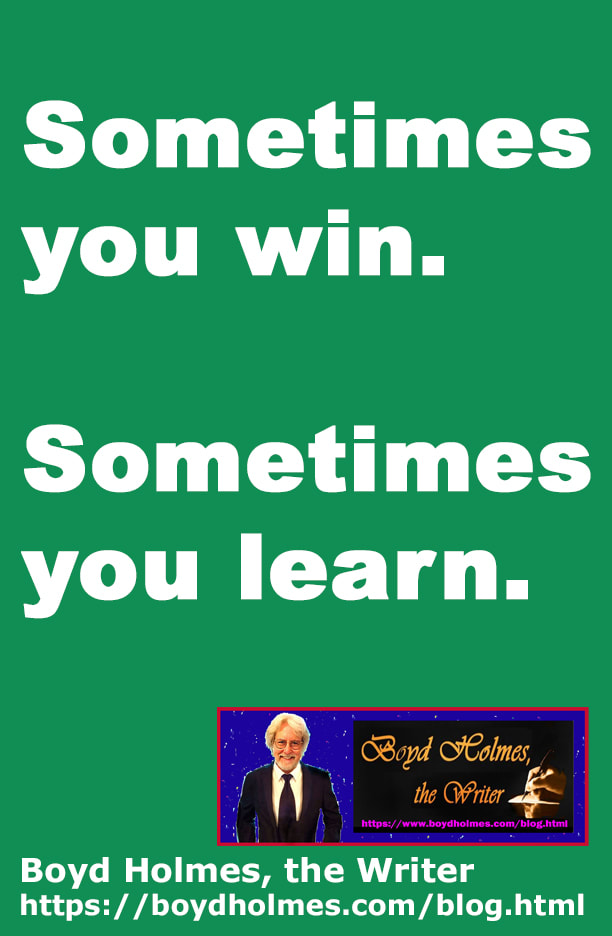
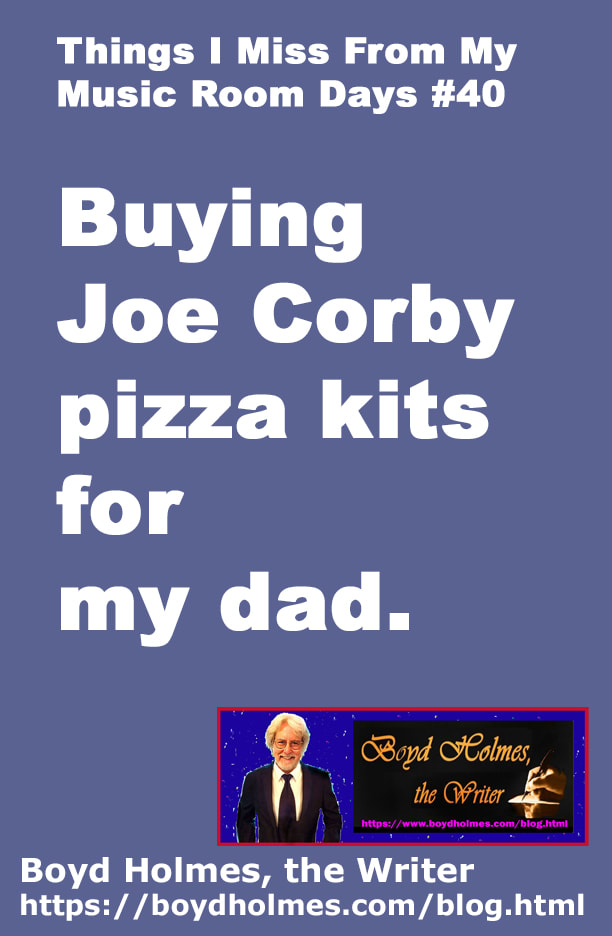
 RSS Feed
RSS Feed